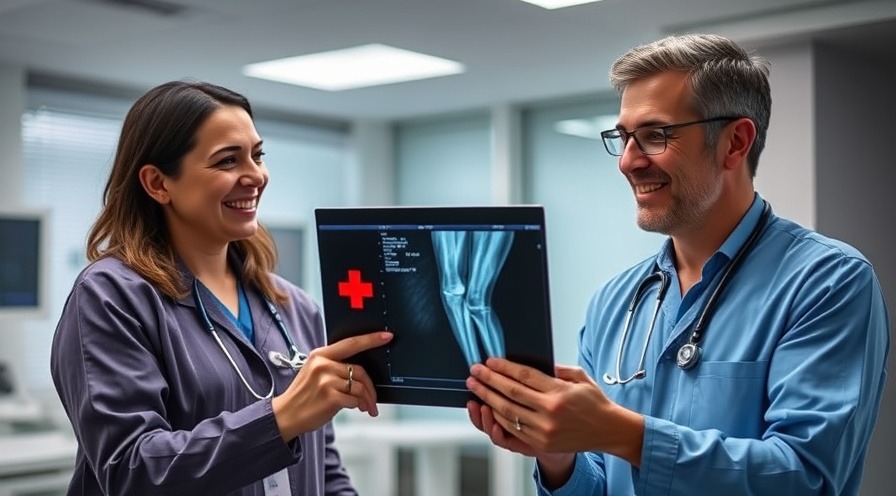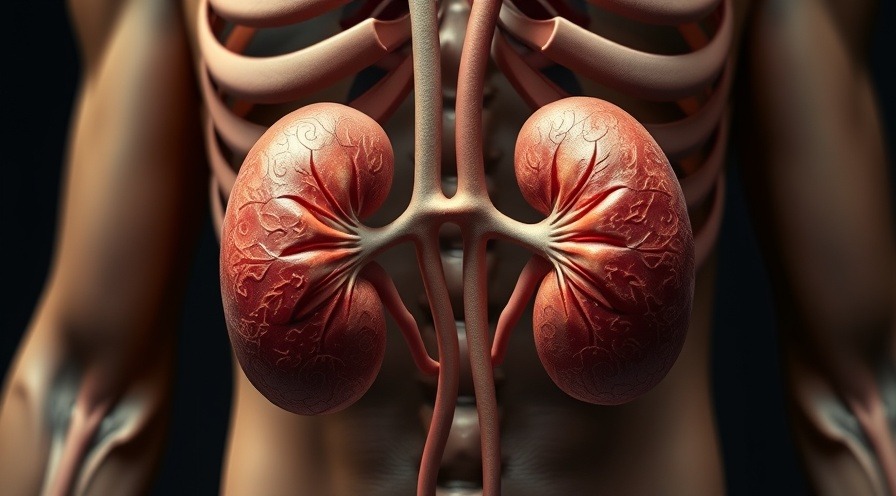
Understanding Endometriosis: A Common Yet Overlooked Condition
Endometriosis is a condition that affects approximately 10% to 15% of women of reproductive age, yet it remains a topic shrouded in misunderstanding. This condition occurs when tissue similar to the lining of the uterus grows outside of it, causing severe pain and often impairing fertility. This means that those impacted experience not only physical discomfort but also potential emotional and psychological distress. It is crucial to understand that while endometriosis is considered benign and not cancerous, it can significantly affect quality of life.
In 'Treating Gynecologic Disorders at UNC Health', the discussion dives into conditions like endometriosis and adenomyosis, exploring key insights that sparked deeper analysis on our end.
The Distinction Between Endometriosis and Adenomyosis
Common misconceptions might lead many to associate endometriosis with adenomyosis, but they are distinct conditions. Adenomyosis occurs when the endometrial-like tissue grows into the muscle of the uterus itself, leading to its own set of complications. This is particularly important for women who may desire future pregnancies, as treatments differ greatly. While there is no cure for endometriosis, adenomyosis can be treated effectively through hysterectomy, when appropriate for the patient.
Managing Symptoms Through Comprehensive Care
At UNC Health, the specialists engage in a holistic approach to managing both conditions, which may involve a combination of medical treatments, lifestyle modifications, and surgical interventions. For women struggling with the pain of endometriosis, hormonal therapies such as the levonorgestrel intrauterine device (IUD) are often recommended. This local hormone therapy can alleviate pain for those wishing to retain their uterus while managing symptoms.
Physical Therapy as Part of Treatment
A pivotal aspect of treatment for endometriosis and adenomyosis is physical therapy, particularly because pelvic pain can manifest in various bodily ways due to muscle tension and systemic stress. Patients are encouraged to explore physical therapy options, which can help in relaxing tight pelvic floor muscles that may be exacerbating their pain. This integrated approach acknowledges the connection between physical symptoms and overall well-being, reinforcing the notion that health extends beyond just treating the underlying conditions.

Stress Management: A Vital Component
Managing stress plays a fundamental role in how individuals perceive and cope with pain associated with these gynecologic disorders. Strategies such as mindfulness practices, exercise, and adequate sleep hygiene are vital components of a comprehensive treatment plan. These lifestyle choices not only improve the body's response to pain but also contribute positively to mental health.
The Importance of Open Dialogue and Support
If you are navigating the complexities of endometriosis or adenomyosis, it is essential to seek a team of specialists who understand your unique experiences. Many women go through years of misdiagnosis and under-treatment; therefore, finding a supportive healthcare team that encourages open dialogue is crucial. A collaborative healthcare approach at institutions like UNC Health emphasizes building partnerships with patients to tackle these chronic conditions together.
Taking the First Step Toward Managing Your Health
Understanding and treating gynecologic disorders is a journey that requires commitment, collaboration, and the right support structure. If you’re among those who have faced these challenges, seeking out specialized care—like that offered at UNC Health’s minimally invasive gynecologic surgery division—can pave the way for improved quality of life. Remember, you're not alone in this; many resources and communities are available to support you through your health journey.
 Add Row
Add Row  Add
Add 




 Add Row
Add Row  Add
Add 

Write A Comment